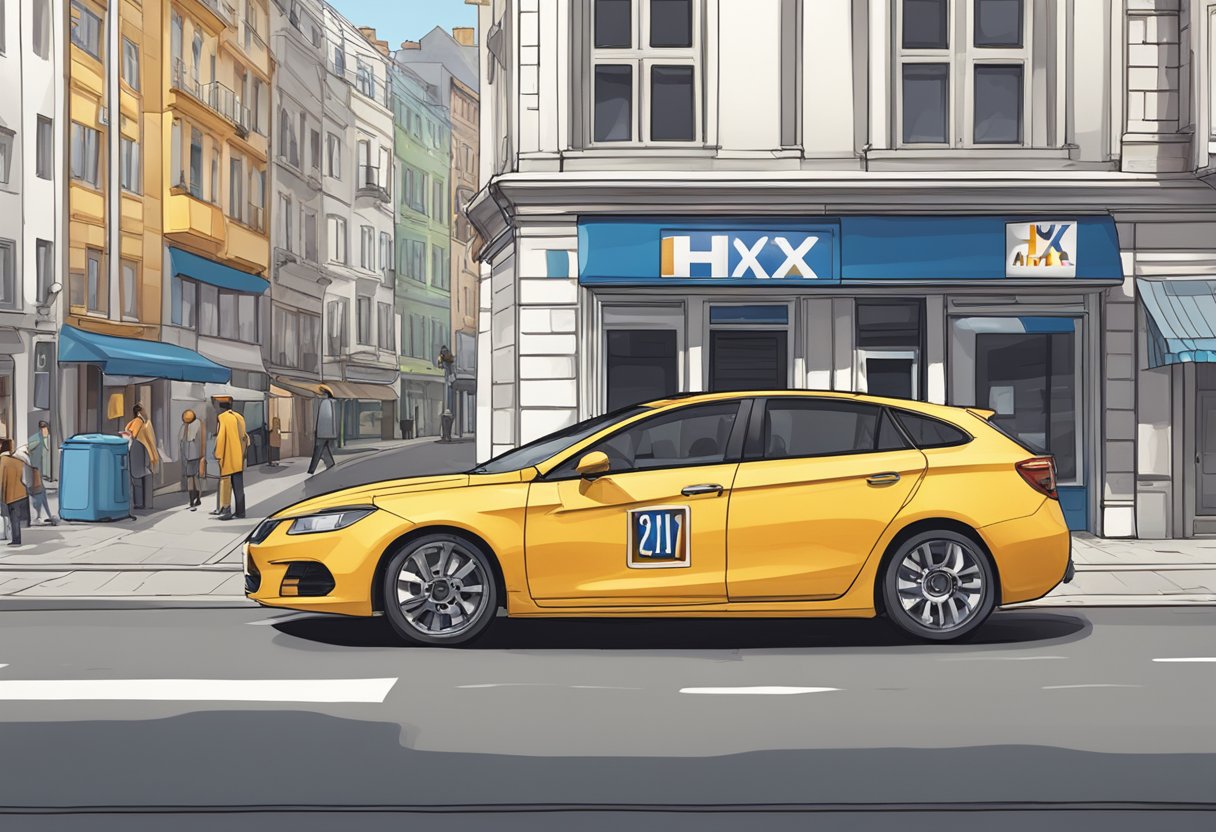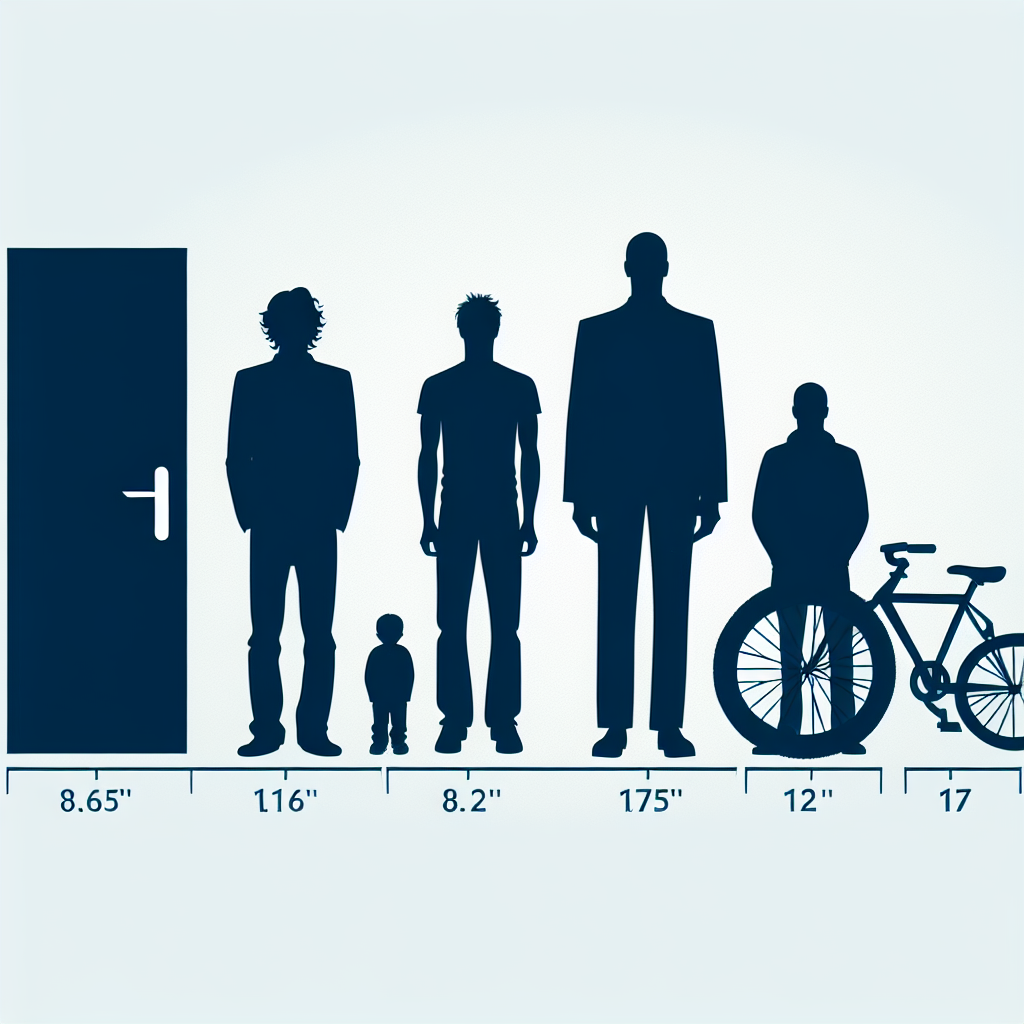Electric Car Battery Swap in China: Revolutionizing the EV Industry
As electric vehicles (EVs) gain popularity, China's innovative battery swap model is turning heads. This article delves into the specifics of electric car battery swaps in China, exploring how they work, benefits, challenges, and future prospects.

Understanding Electric Car Battery Swaps in China
As China pushes towards a greener future, the electric car battery swap system has emerged as a key innovation in the electric vehicle (EV) market. This approach offers an alternative to traditional charging methods, allowing drivers to replace depleted batteries with fully charged ones in a matter of minutes. Here’s a comprehensive look at this transformative model and its implications for the automotive industry.
What is Battery Swapping?
Battery swapping involves exchanging the depleted battery of an electric vehicle for a fully charged one at dedicated stations. Unlike conventional charging, which can take hours, battery swapping stations can complete the process in under five minutes, significantly reducing downtime.
Key Players in China’s Battery Swap Market
- NIO: One of the pioneers, NIO's battery swap stations allow drivers to switch batteries without leaving their vehicles. With over 1,300 stations across China, they are leading the way in making battery swapping convenient.
- Gogoro: Initially focused on electric scooters, Gogoro has expanded their battery swap model, allowing users to swap batteries at numerous stations across urban areas.
- SAIC Motor: Collaborating with various partners, SAIC has launched its battery swap systems for its line of electric vehicles, enhancing accessibility and user experience.
Benefits of Battery Swapping in China
Battery swapping presents distinct advantages, particularly in the Chinese context:
- Speed: The primary benefit is the time-saving aspect. With battery swaps, the process is quick and convenient for users, mirroring the refueling time of gasoline vehicles.
- Maintenance and Longevity: Swapping allows batteries to be maintained and monitored effectively, extending their life and performance. This centralized approach also means battery degradation can be managed better.
- Reduced Range Anxiety: As battery charging infrastructure is still developing, battery swapping helps alleviate concerns about range, making electric vehicles more appealing to consumers.
- Fleet Operations: Fleet operators benefit significantly from battery swapping, as it minimizes downtime for vehicles, ensuring higher productivity.
Challenges Facing Battery Swapping
While the battery swap model presents promising opportunities, there are notable challenges:
- Standardization: One of the biggest hurdles is the lack of standardization across different automakers. Different EVs may have varying battery designs, complicating the establishment of universal battery swap stations.
- Initial Infrastructure Investment: Establishing a comprehensive network of battery swapping stations requires significant investment and planning, which might deter some investors and companies.
- Consumer Acceptance: Many consumers may initially shy away from battery swapping due to concerns about battery ownership and performance, indicating a need for substantial education and marketing.
Comparing Battery Swapping with Conventional Charging
To better understand the effectiveness of battery swapping, it’s essential to compare it with traditional charging:
| Feature | Battery Swapping | Conventional Charging |
|---|---|---|
| Time Efficiency | Minutes | 30 mins to several hours |
| Battery Ownership | May not own the battery | Own the battery |
| Infrastructure Cost | Higher initial costs | Lower initial costs |
| Maintenance | Managed by provider | Managed by owner |
The Future of Battery Swapping in China
The future of electric car battery swap in China looks promising, driven by both technological advancements and governmental support. China aims to increase EV sales dramatically over the coming years, aligning with its environmental goals. Battery swapping could play a crucial role in achieving these targets.
Several factors indicate a bright future for this model:
- Government Policies: The Chinese government is backing battery swapping initiatives through funding and policy support, fostering an environment conducive to growth.
- Technological Innovations: Ongoing research and development into battery technology and swapping mechanisms will likely overcome many current challenges, making the process even more efficient.
- Public Acceptance: As awareness grows, consumer acceptance of battery swapping is likely to increase, particularly among urban dwellers and fleet operators.
Conclusion
Electric car battery swap systems in China are reshaping the EV landscape, providing an innovative solution to enhance the convenience and accessibility of electric vehicles. While challenges remain, the potential benefits paired with government support create an optimistic outlook for this model. As infrastructure expands and technology improves, battery swapping could become a mainstream solution, significantly contributing to the global transition to electric mobility.
New posts

The Rise of E-Mobility Start-Ups: Transforming the Future of Transportation
Electric Vehicles

Understanding the Percentage of Electric Cars in Norway: A Comprehensive Analysis
Sustainability

Exploring Electric Car Battery Swap Stations: A Revolutionary Solution for Sustainable Transportation
Electric Vehicles

Latest E-Mobility News: Trends, Innovations, and Insights
Sustainability

The Future of Performance: Exploring Audi Quattro Electric Technology
Sustainability

Understanding Bio Hybrids: Revolutionizing Biotechnology
Technology

Bio Hybrid vs Electric: Which Is the Future of Sustainable Driving?
Innovation

Exploring the Audi Quattro Electric Range: Performance, Efficiency, and Features
Electric Vehicles

Audi Quattro Electric vs Tesla Model Y: A Comprehensive Comparison
Electric Vehicles

What to Expect from Bio Hybrid Cars in 2025
Sustainability
Popular posts

The Rise of Polestar Motorcycles: A Comprehensive Look at This Exciting New Player
Sustainability

Maximize Your EV Experience with a Wallbox Garage: All You Need to Know
Home Improvement

Exploring NIO Power Swap Stations: Revolutionizing EV Ownership
Sustainability

Exploring Apple Project Titan: The Future of Autonomous Vehicles
Innovation

How Do Electric Car Incentives Work? A Detailed Guide
Sustainability

The Rise of Eco-Friendly SUVs: What You Need to Know
Sustainability

Hydrogen vs Electric Cars: A Comprehensive Comparison
Sustainability

The Latest Insights and Trends in EVNews: Your Go-To Source for Electric Vehicle Updates
Sustainability

Unveiling the Latest E-Mobility Trends in Europe
Technology

Exploring the World of EV Magazines: Your Ultimate Guide
Sustainability